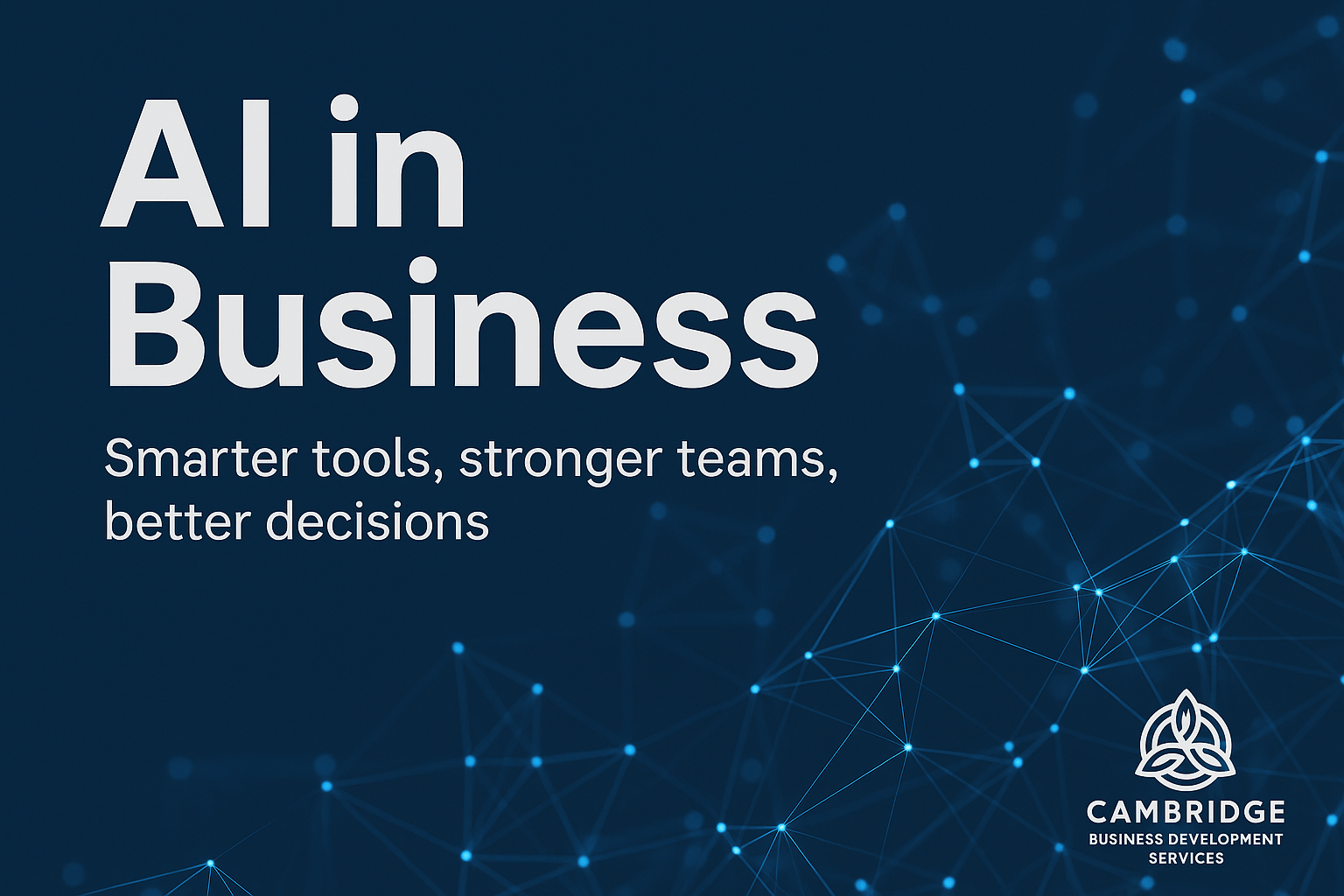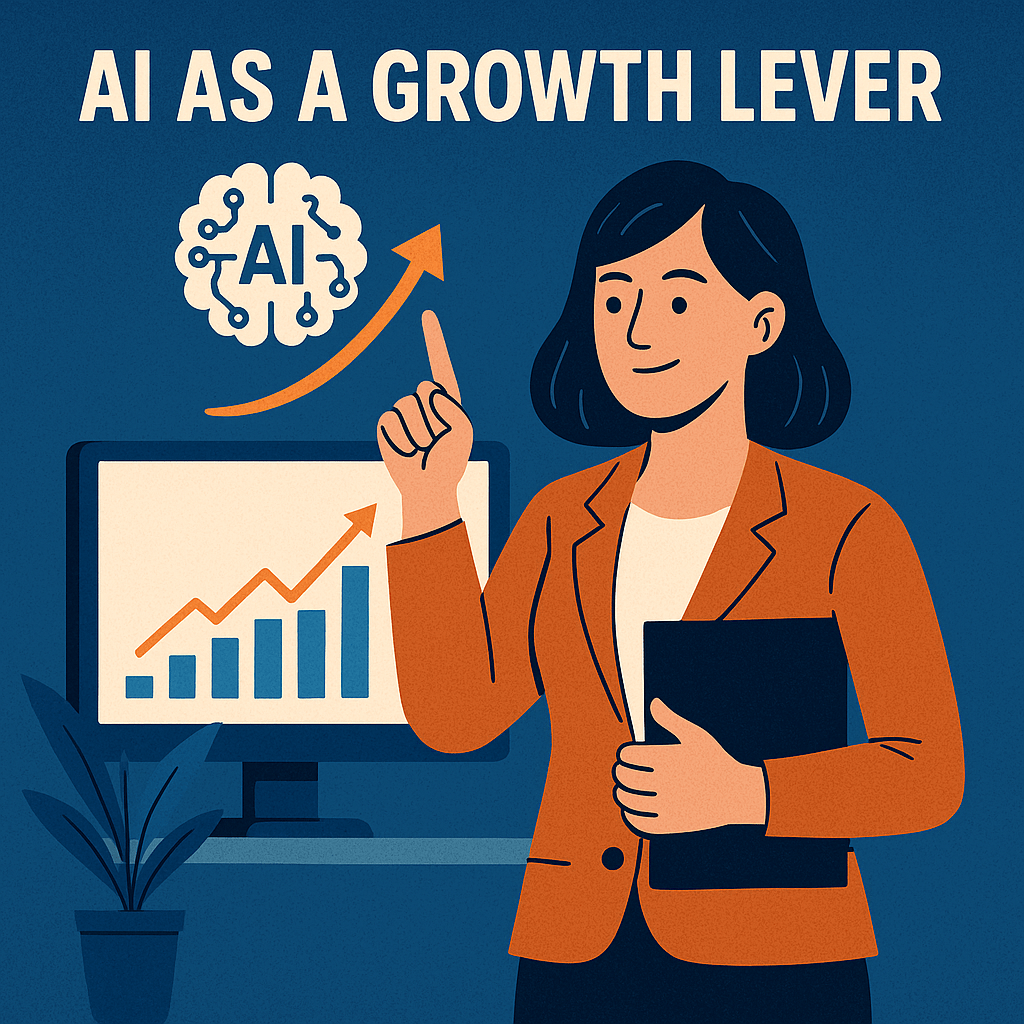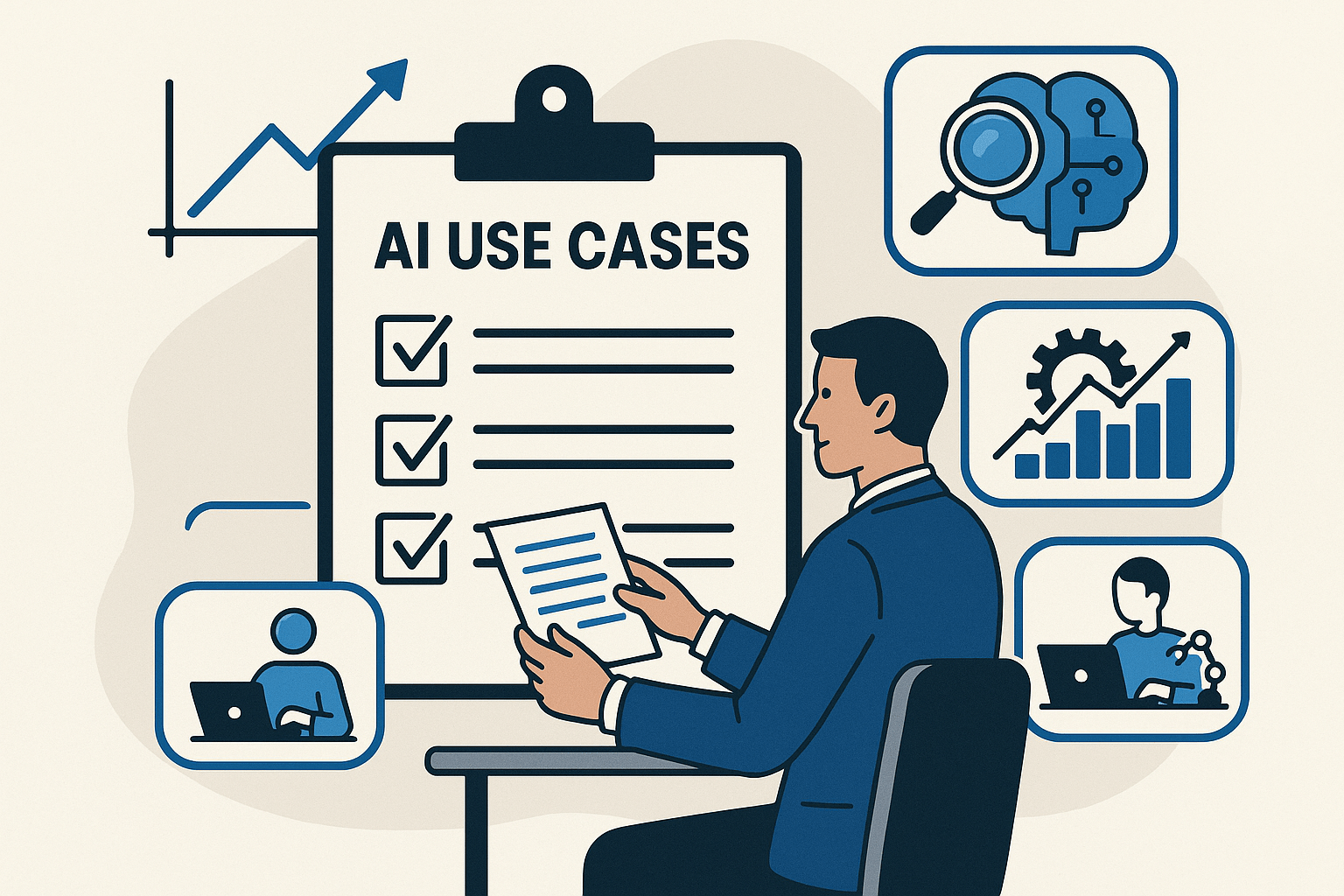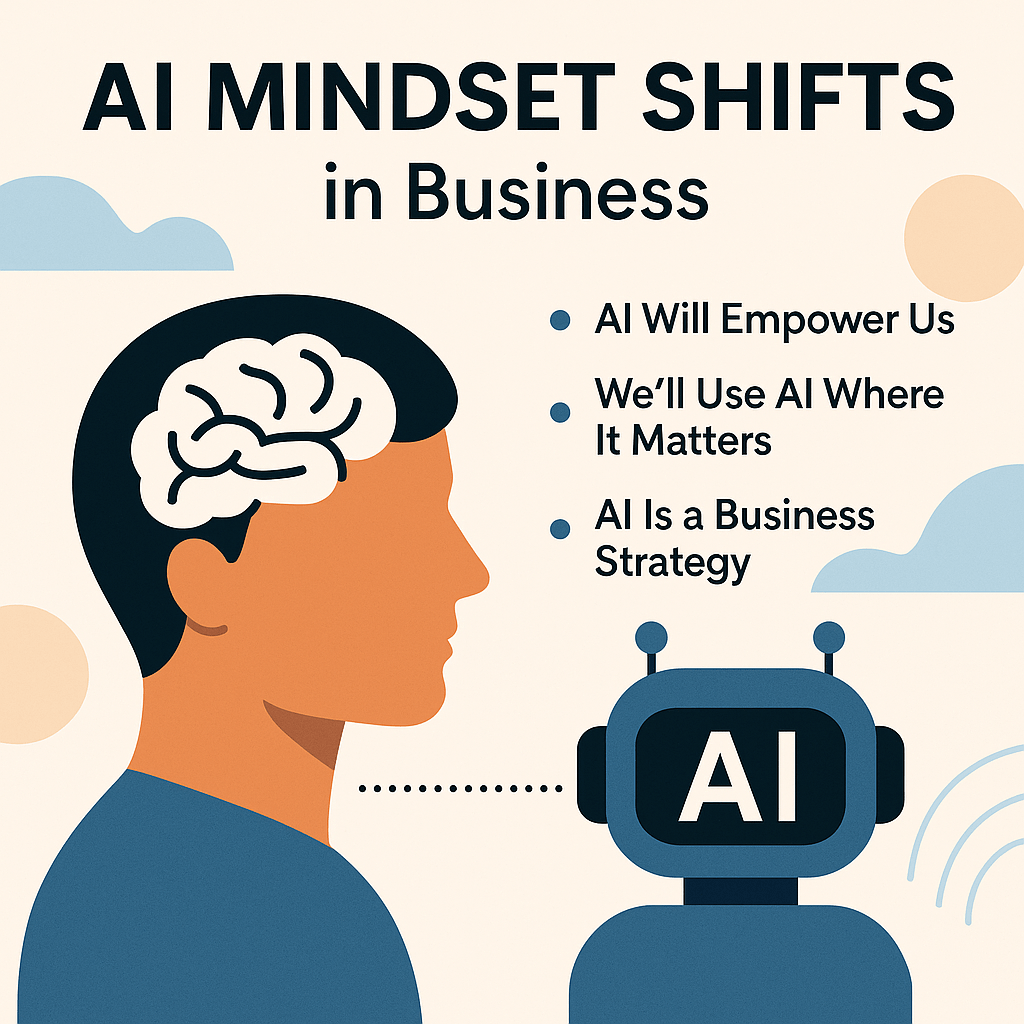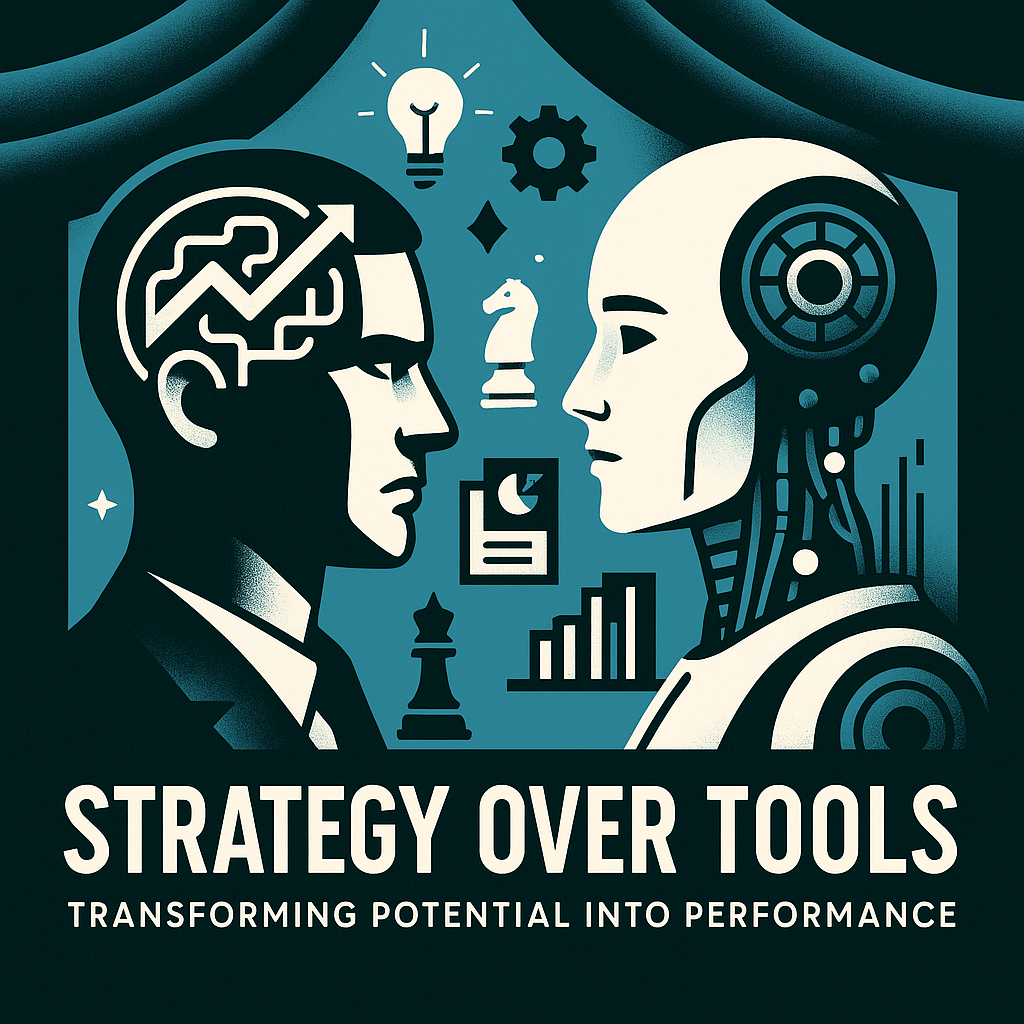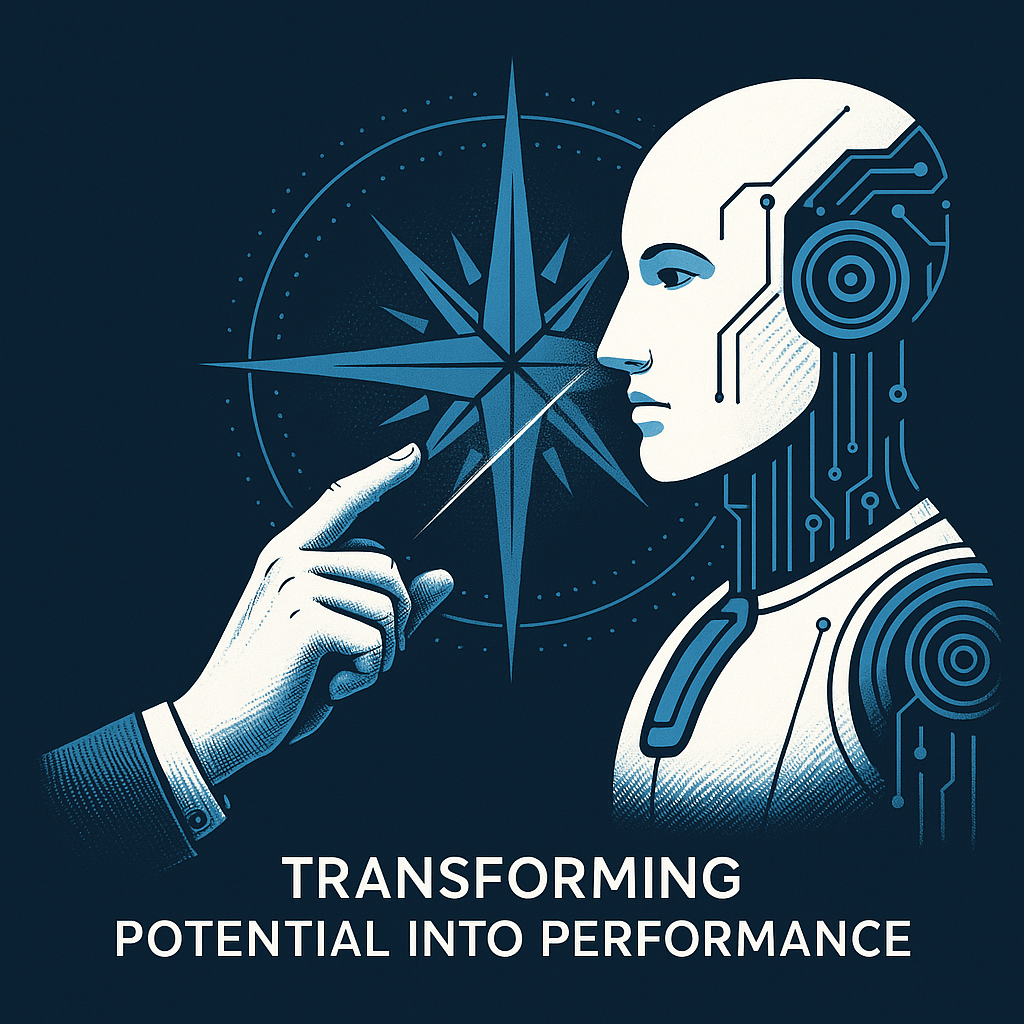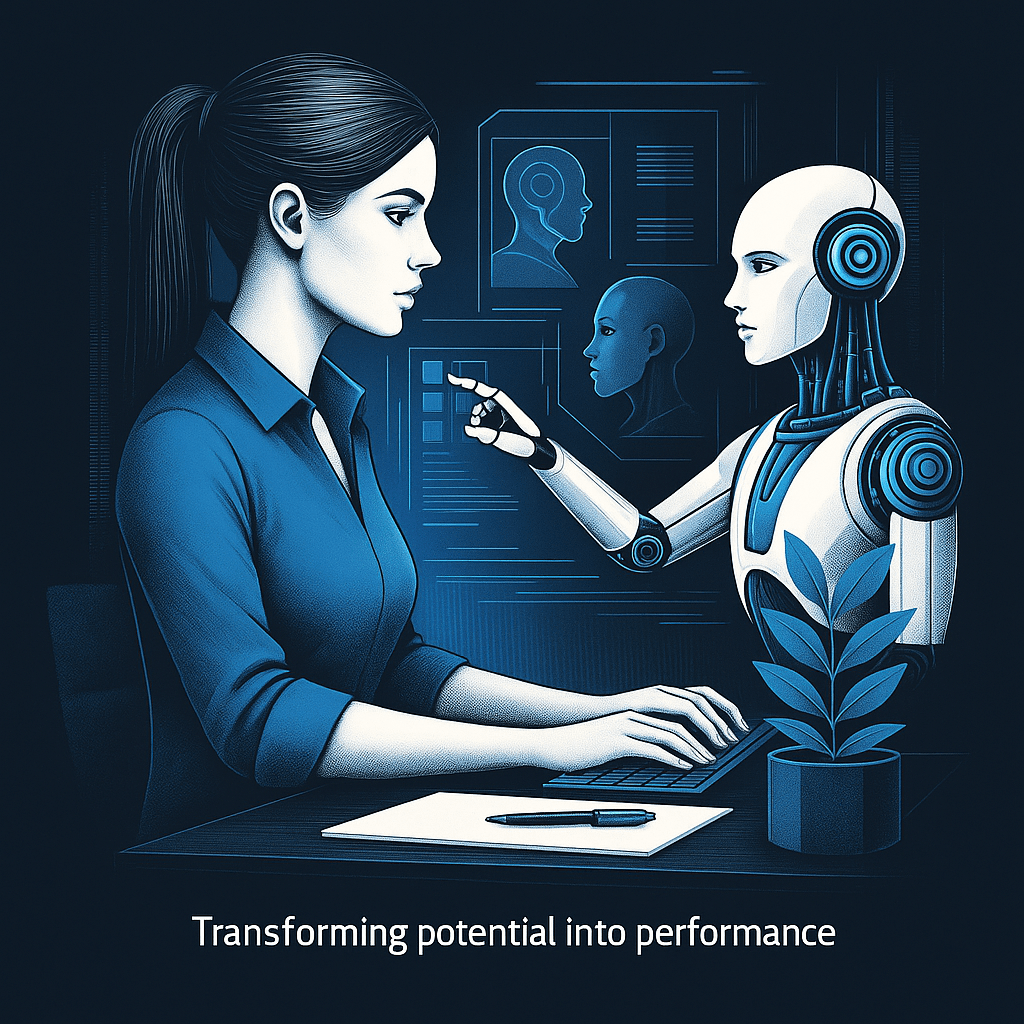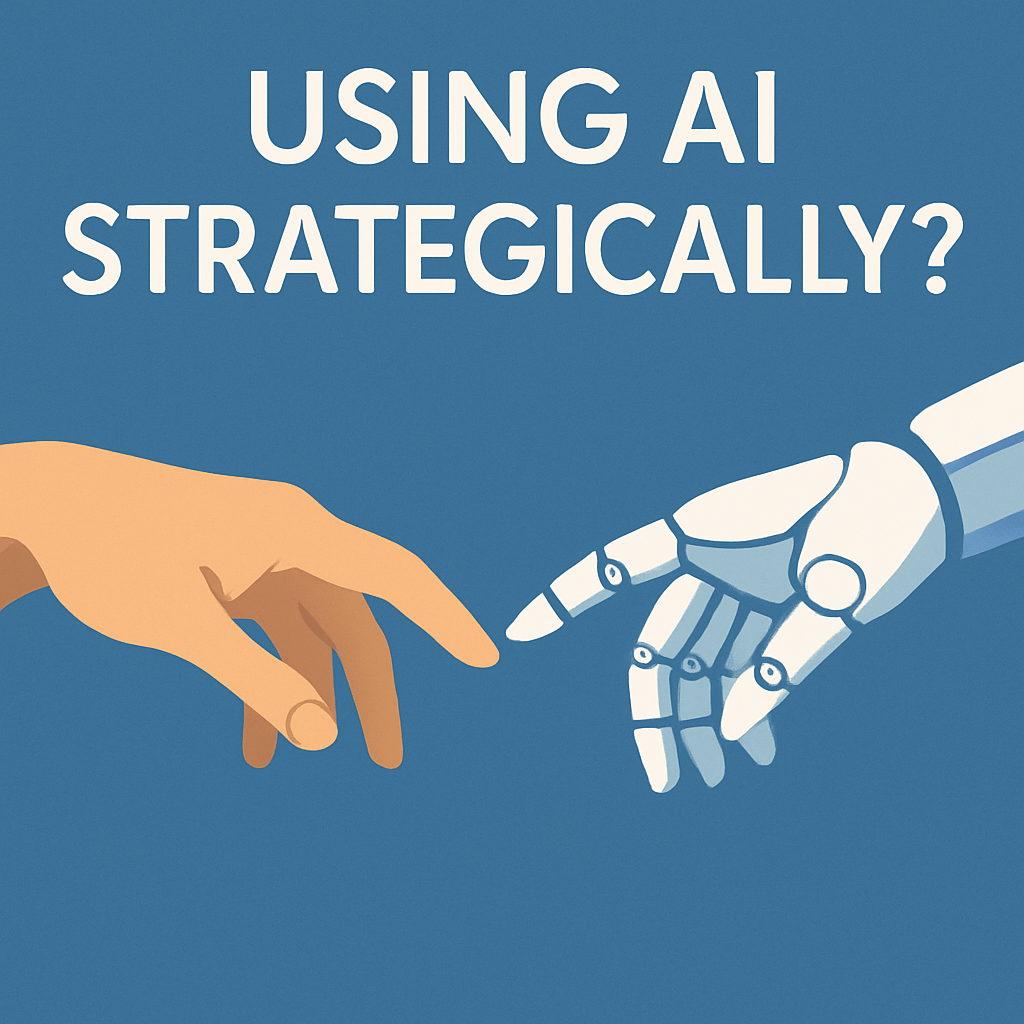
Every few years, a new wave of technology comes along that promises to transform how we work. Right now, that wave is AI.
Some leaders are diving in headfirst, automating everything they can. Others are holding back, worried it will cause more problems than it solves. The truth as usual, sits somewhere in the middle.
The smartest leaders are finding a balance. They’re learning where AI can help, where it can’t and how to keep people at the centre of the process.
That’s the real AI leadership sweet spot.
Use AI for data, not direction
AI is brilliant at analysing data, spotting trends and speeding up repetitive work. But it doesn’t understand your customers, your culture or your strategy the way you do.
Great leaders use AI to inform decisions, not make them. They take what the tools surface and then apply judgment, empathy and context.
Think of AI as a second brain. Fast, capable, but not always right. You still need to lead with intuition and experience.
Keep people in the loop
When teams feel excluded from how AI is used, trust drops fast. The best leaders don’t just bring in new tools, they bring their teams on the journey too.
*Research from Harvard Business Review found that 72% of employees who understood why AI was being introduced felt more confident about its use at work. Transparency turns uncertainty into curiosity.
Share openly about what AI is doing, how it helps and what stays firmly human. It makes adoption smoother and strengthens your leadership credibility.
Lead with clarity, not complexity
AI can make things faster, but speed isn’t always progress. If you chase every shiny new tool, you’ll end up creating confusion instead of efficiency.
Set a clear purpose for how you use AI. Whether that’s improving response times, freeing up focus time or supporting better decision-making. Then make sure every tool or workflow serves that purpose.
Clarity is what separates leaders who use AI strategically from those who just experiment.
Finding the balance
AI isn’t replacing leaders. It’s challenging them to lead differently.
The real advantage isn’t in the technology itself. It’s in knowing how to combine the precision of machines with the perspective of people.
When you get that balance right, you move faster, stay focused and make smarter choices without losing the human touch that sets great teams apart.
Want to go deeper?
If you’re exploring how to bring AI into your business with confidence, take a look at my course AI in Business. It’s designed to help leaders build practical, people-first strategies for the AI era.
*Sources
- Harvard Business Review: AI’s Trust Problem – explores what drives scepticism and how organisations build trusted AI.


